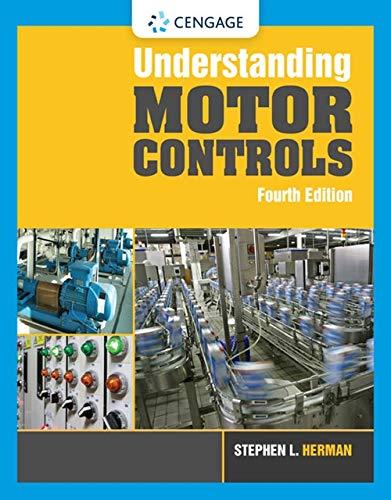
Concept explainers
The weight percentage of iron in the metallic glass composition of
The weight percentage of boron in the metallic glass composition of
The weight percentage of silicon in the metallic glass composition of
Answer to Problem 88AAP
The weight percentage of iron in the metallic glass composition of
The weight percentage of boron in the metallic glass composition of
The weight percentage of silicon in the metallic glass composition of
Explanation of Solution
Write the expression to calculate mass of iron in the metallic glass composition
Here, number of moles of iron is
Write the expression to calculate mass of boron in the metallic glass composition
Here, number of moles of boron is
Write the expression to calculate mass of silicon in the metallic glass composition
Here, number of moles of boron is
Write the expression to calculate total mass of the metallic glass composition
Write the expression to calculate weight percentage of iron in the metallic glass composition
Write the expression to calculate weight percentage of boron in the metallic glass composition
Write the expression to calculate weight percentage of silicon in the metallic glass composition
Conclusion:
Substitute
Substitute
Substitute
Substitute
Substitute
Thus, the weight percentage of iron in the metallic glass composition of
Substitute
Thus, the weight percentage of boron in the metallic glass composition of
Substitute
Thus, the weight percentage of silicon in the metallic glass composition of
Want to see more full solutions like this?
Chapter 16 Solutions
Foundations of Materials Science and Engineering
- 1. Calculate the number of iron atoms in a 1000kg of iron. 2. Calculate the volume in a cubic centi meters occupied by one mole of boron.arrow_forwardNaCl crystals have FCC structure. The density of NaCl is 2.18 g/cc. Calculate the distance between two adjacent atoms.arrow_forwarda) : Explain in detail the Type of Materials used in automobile (at least 5 major components) structure and identify the specific material. (b) :. Prove that the atomic packing factor (APF) for the BCC crystal structure is 0.68.arrow_forward
- Calculate the density in g / cm3 of a metal with a structure fcc molecular mass of 100g / mol and an atomic radius of 0.145nmarrow_forwardCalculate the gravitational constant g, in SI units, for alocation on the surface of the sun.arrow_forwardLead has an FCC crystal lattice and atomic radius of 0.175 nm. Find the volume of the unit cell of lead in m3.arrow_forward
- in cubic structure Write down the CORRECT direction that is perpendicular to the miller indices [001]arrow_forwardThe crystalline density of polypropyleneis 0.946 g>cm3, and its amorphous densityis 0.855 g>cm3. What is the weight percentof the structure that is crystalline ina polypropylene that has a density of0.9 g>cm3?arrow_forward1. Titanium has an atomic radius of 147 pm, an atomic weight of 47.867 g/mol, and an HCP crystal structure. Compute for its true density.arrow_forward
- Two processes are used to produce polycrystalline Al2O3. In the first process the grain size is 10 μm, and in the second case it is 40 μm. Compute the ASTM grain size for each of these structuresarrow_forward1. Show that the atomic packing factor for HCP is 0.74.2. Calculate the radius of Palladium atom given that PD has an FCC crystal structure, a density of 12.0 g/cm3, and an atomic weight of 106.4 g/mol.arrow_forwardBeryllium with a crystalline structure HCP lattice constant c / a = 1.568 and the radius of the atom is 0.1143nm (calculate the volume of the unit cell and calculate the theoretical density if you know that the atomic weight A = 9.01g / mol)arrow_forward
 Understanding Motor ControlsMechanical EngineeringISBN:9781337798686Author:Stephen L. HermanPublisher:Delmar Cengage Learning
Understanding Motor ControlsMechanical EngineeringISBN:9781337798686Author:Stephen L. HermanPublisher:Delmar Cengage Learning
